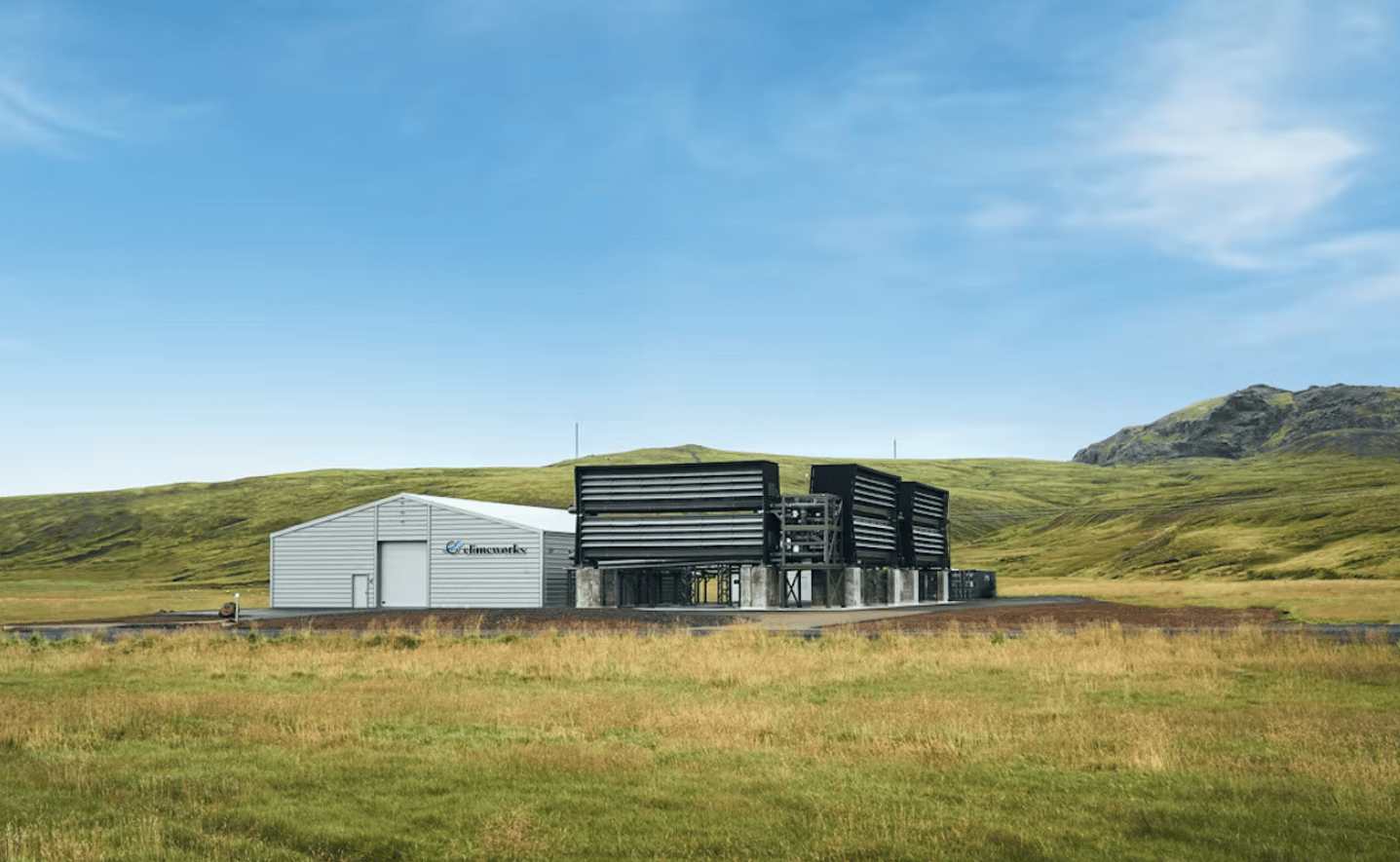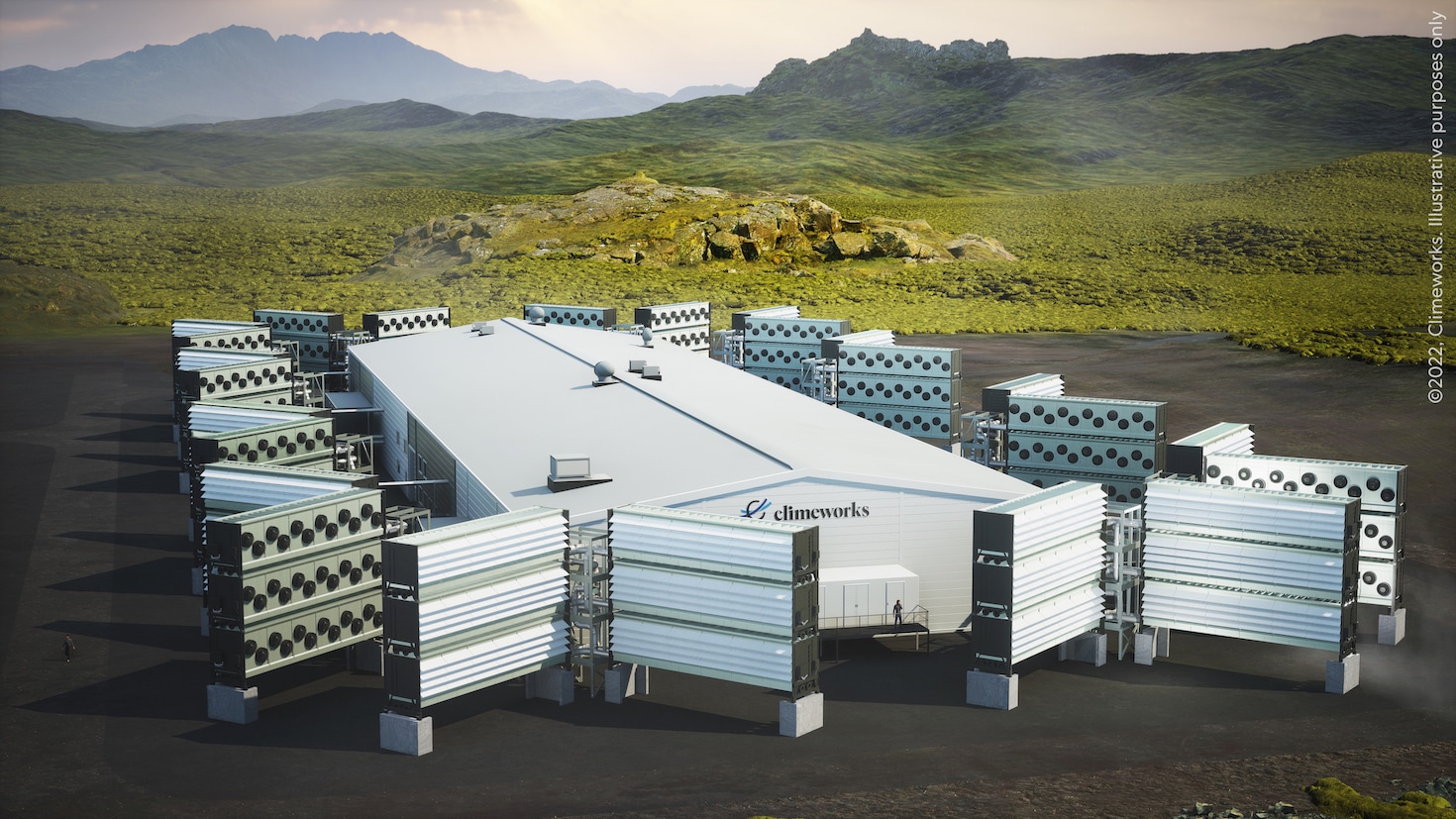The next two years should see work completed on some of the world’s largest, most ambitious and hugely-scaled carbon sequestration projects. But is the challenge facing them just too big to conquer?
Carbon engineering has come a long way in less than 20 years, with technology that could once only extract a few grams from the air now potentially harvesting thousands of tons.

Located in Iceland, Orca is the world’s first large-scale carbon dioxide removal plant. Source: Climeworks
For example, in the upper mid-West of America, the aim is to capture CO2 from around 30 ethanol plants (among other industrial sources) spanning five states, ship it by pipeline, and sequester it deep underground in North Dakota’s saline-saturated Broom Sweep formation. North Dakota’s geology is well suited to CO2 storage with a deep porous rock layer and overlaying cap rock layers to seal the CO2 in the storage zone.
Meanwhile in Iceland, the Orca plant is already pulling around 4,000 tonnes of carbon dioxide out of the air every year, by filtering it, concentrating it, mixing it with water and injecting it at a depth of 1,000 metres into the basalt rock below the plant, where it is mineralised. It takes around two years for the water/CO2 mix to turn to stone.

Digital Rendering of Climework’s direct air capture plant, Mammoth, slated to be built in the coming years. Source: Climeworks
However, Orca’s direct air capture record could soon be dwarfed by another Icelandic scheme, Mammoth, which broke ground earlier in 2022. Ten times larger – with 80 collectors in place of Orca’s eight – it’s planned to suck around 36,000 tonnes of CO2 from the atmosphere a year.
And this year Occidental Petroleum announced plans to up the stakes even further by creating a DAC plant in the Permian basin of West Texas that could permanently sequester 500,000 to a million tonnes a year – potentially more than all the existing atmospheric CCS plants in the world put together.
500,000 tonnes. But what does that mean?
Putting these sort of figures into perspective is hard even for carbon capture experts. Equally estimates for the amount of carbon dioxide generated by the average global citizen vary enormously and are constantly in flux, from high 30s per person in some oil producing states to less than 0.5 in remote parts of Africa. But taking the human race as a whole, a rough workable average is a little under 5 tonnes annually
So even an ambitious target of 500,000 tonnes to be sequestered per year represents just over the output of 100,000 people. In developed nations this would be more like 30,000 to 40,000 people
Or if volume is an easier way to view it, at a standard pressure and temperature, one tonne of carbon dioxide would fill a sphere about 32ft in diameter. A car put to average use in the US will produce this amount around every three months.
(Worldometer, NASA, UK GOV)
Power and potential
But, bold those these schemes may be, the scope of the challenge they face remains colossal. The amount of power required to extract CO2 from the air is substantial, and logically ought to be renewable. Mammoth can achieve its goals largely because it will tap into Iceland’s Hellisheioi Power Station, the third largest geothermal plant in the world. Projects that aim to offset the CO2 production of fossil fuels may be successful and well intentioned, but do they ultimately extend fossil fuel reliance? And even when all these major projects are up and running, it’s a still currently a drop in the atmospheric ocean. When powered up, Mammoth, for example, will remove 36,000 tonnes of carbon dioxide a year. In 2021 global emissions of CO2 topped 36 billion tonnes…
The ingenuity and determination of the environmental engineers and companies behind these schemes cannot be denied. And they would rightly argue that at least they are doing something. But could all that innovation be put to a better environmental use?




